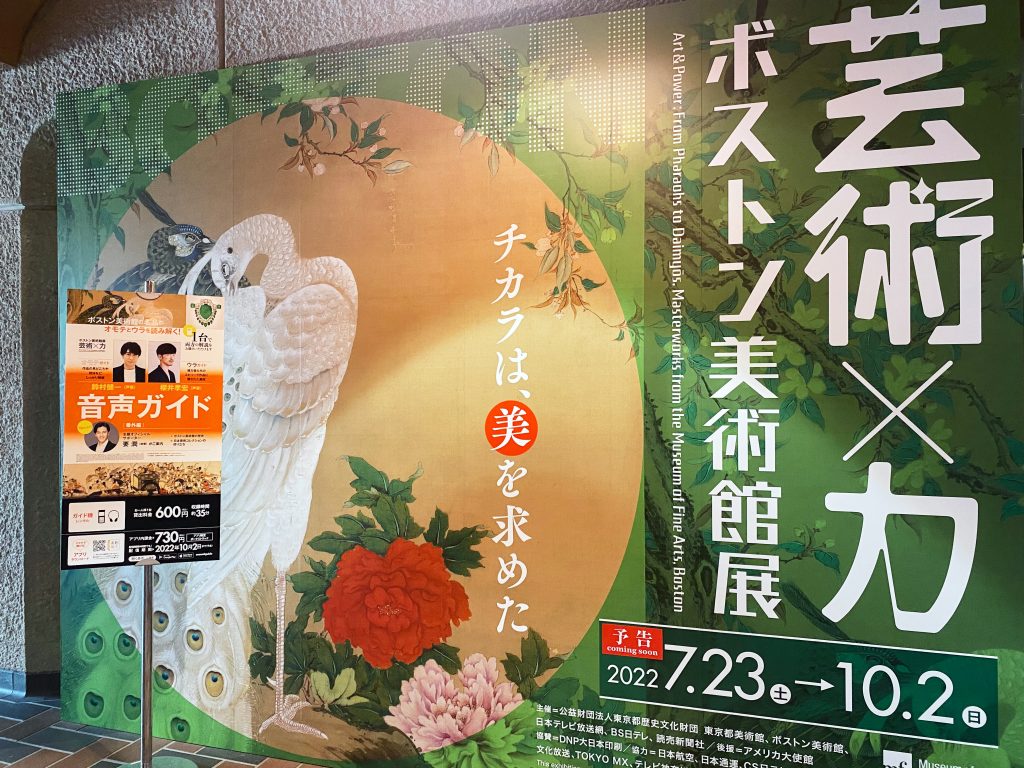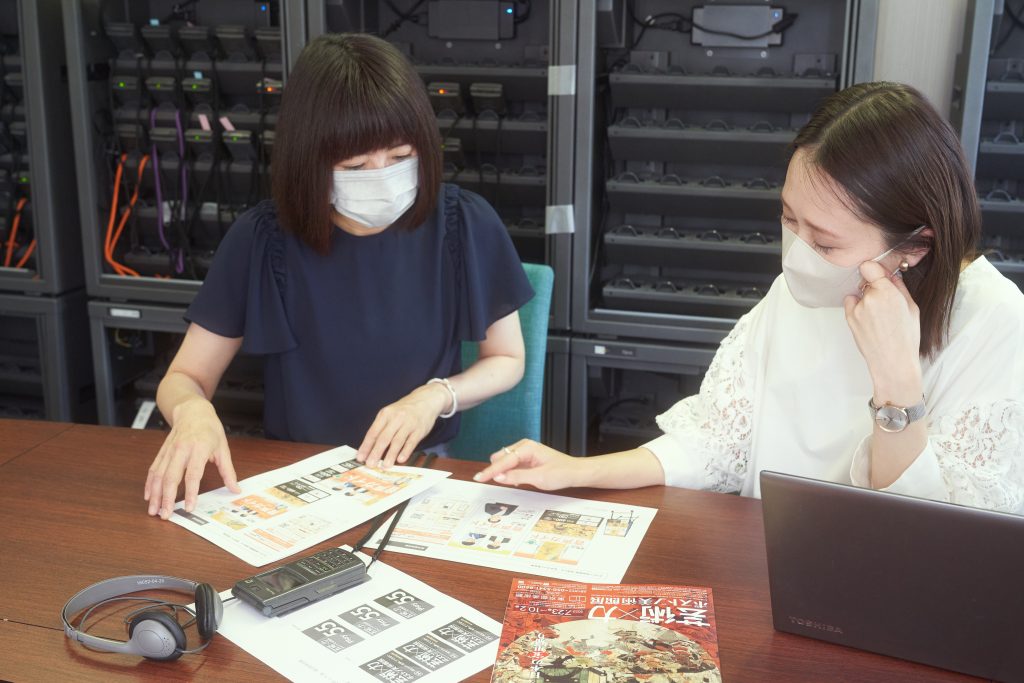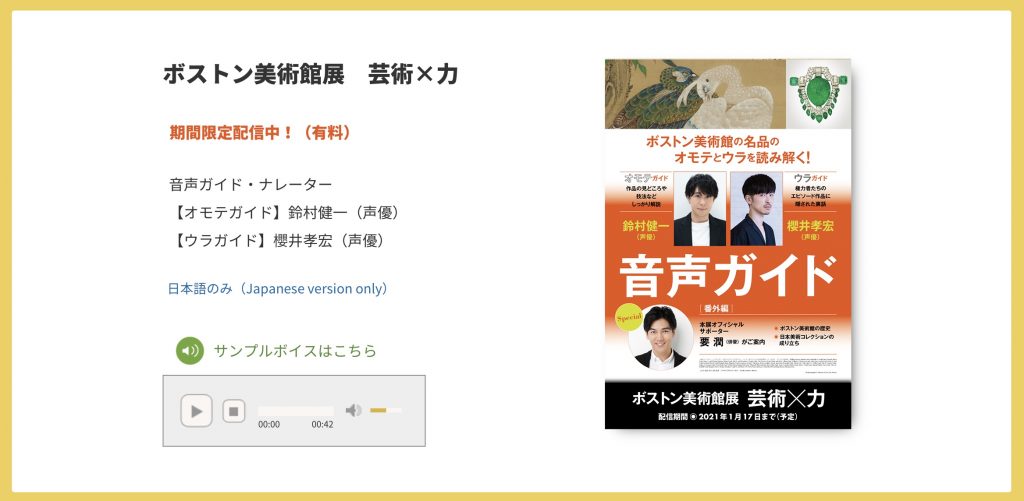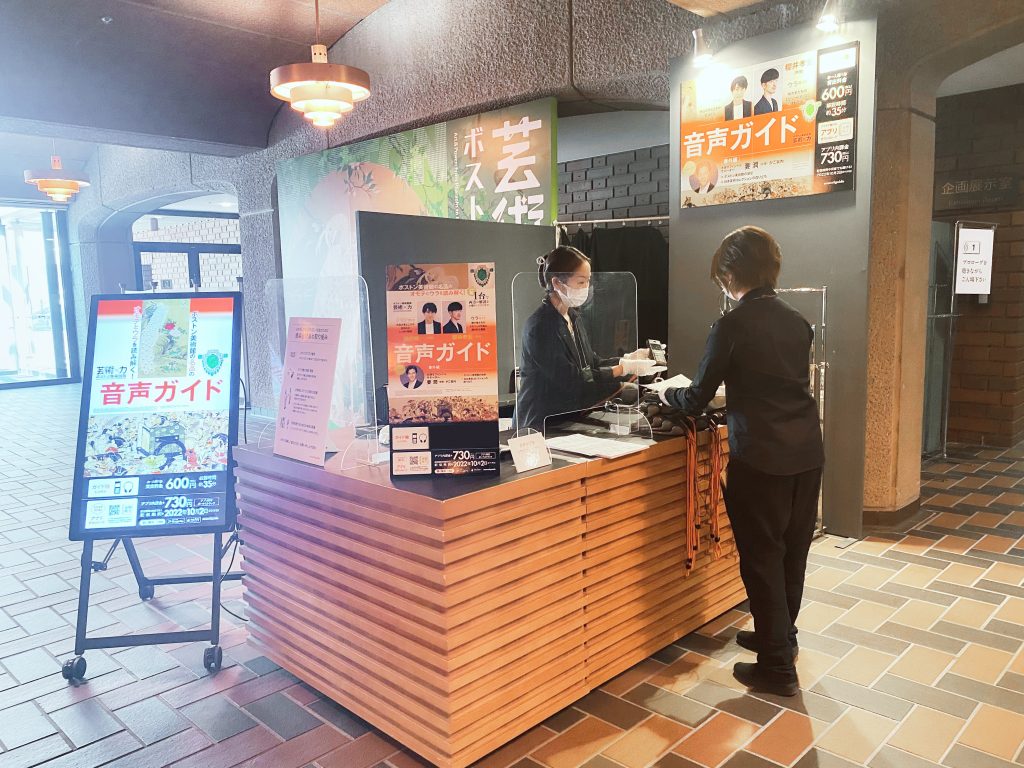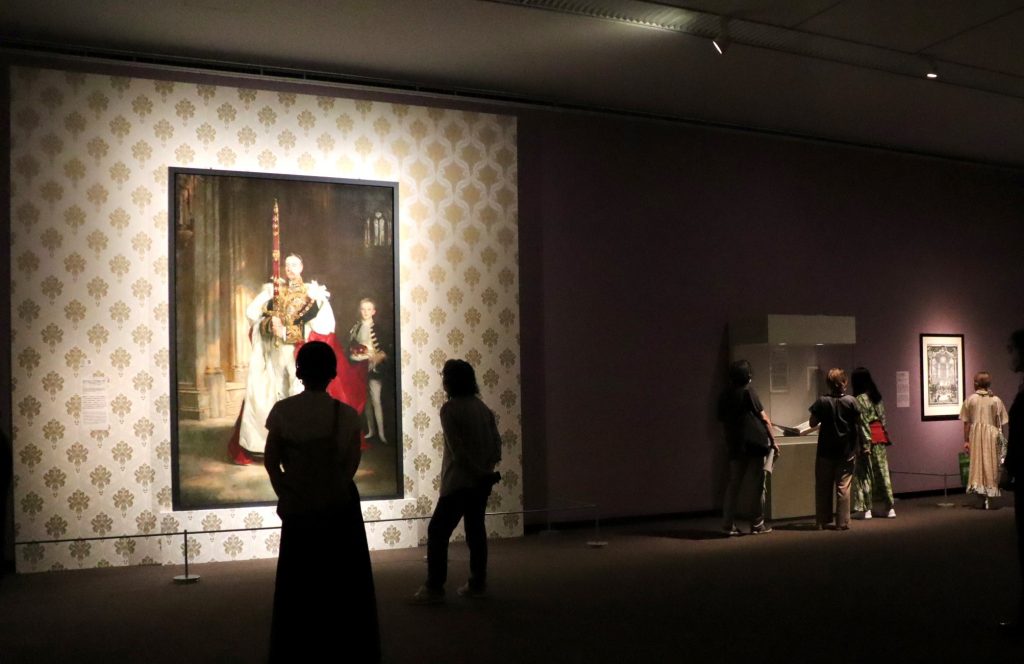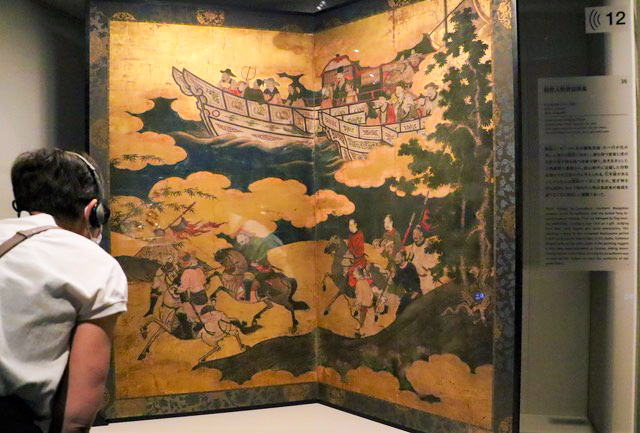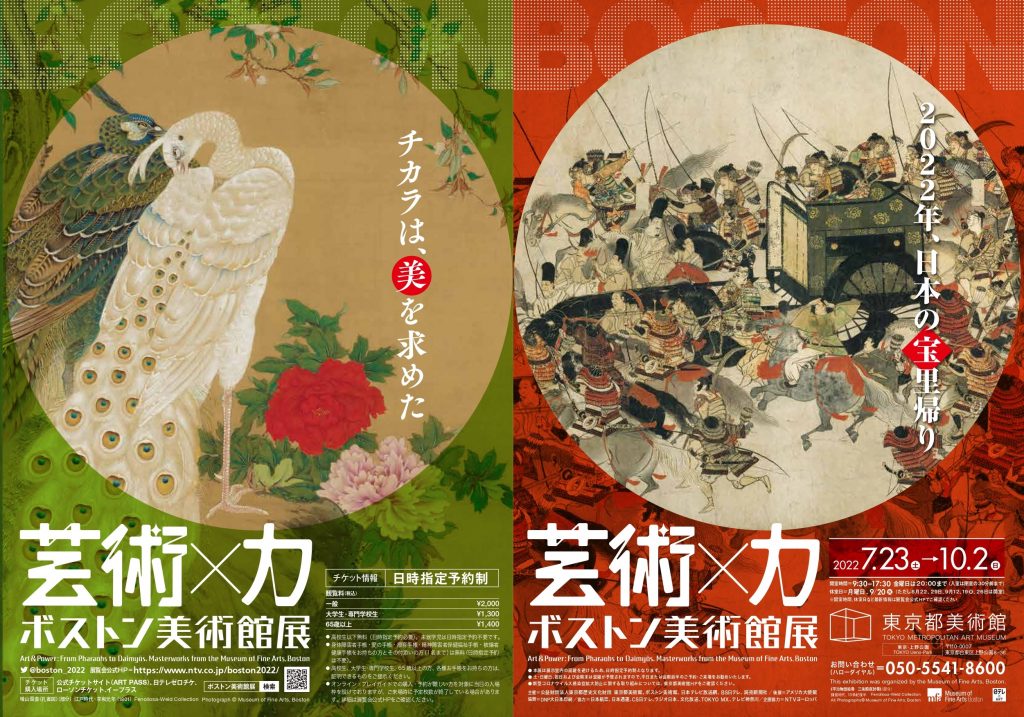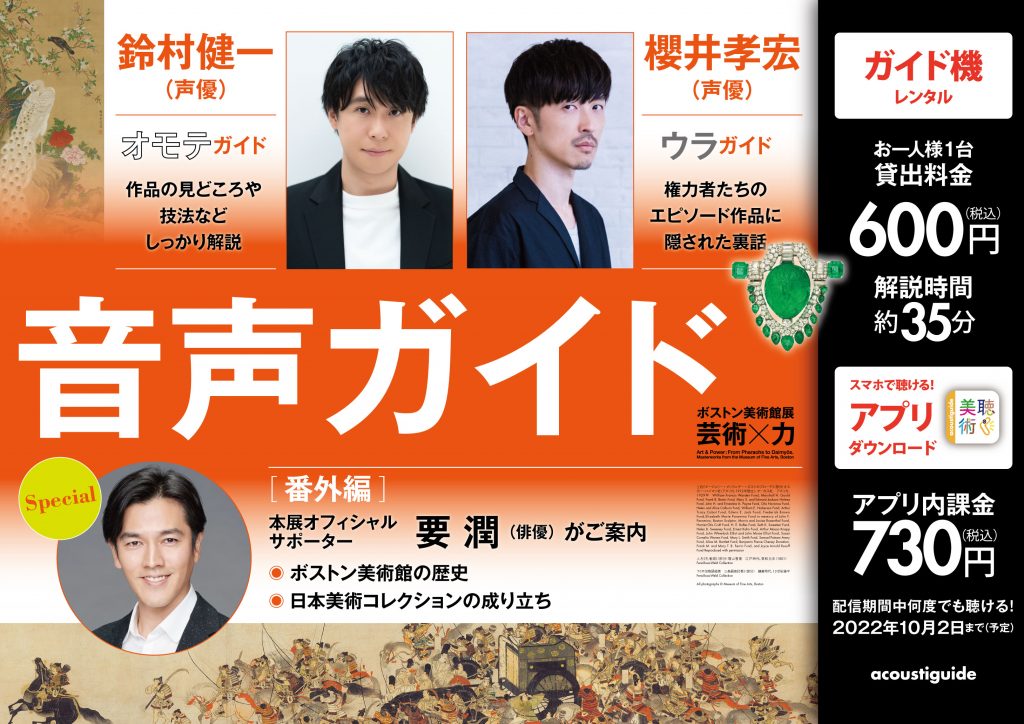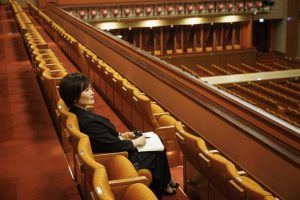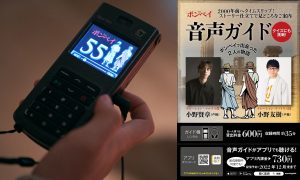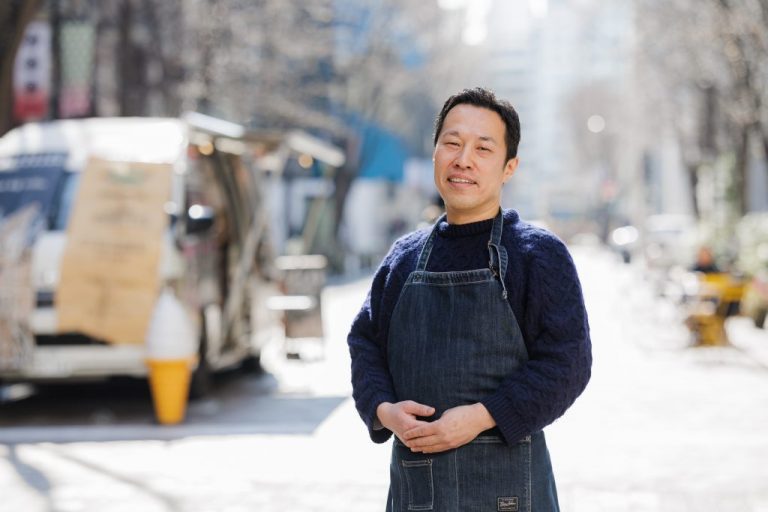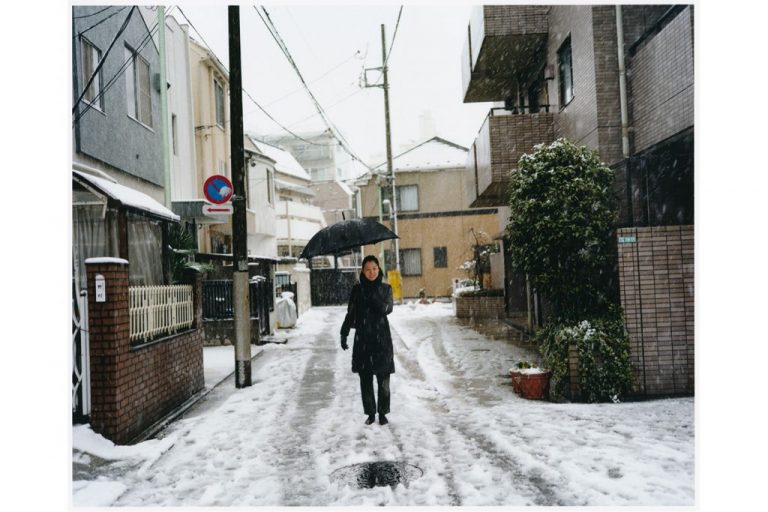――The exhibition “Art and Power: From Pharaohs to Daimyos, Masterworks from the Museum of Fine Arts, Boston” was scheduled to be held at the Tokyo Metropolitan Art Museum in April 2020, but about a month before the opening, it was decided to postpone, and later, to cancel it. I assume preparations for the audio guide were also underway at that time.
Natsumi Uemura (hereinafter, Uemura): Yes, we heard that the event might not be able to be held as planned on the very day of the audio guide recording. We were in the studio, ready to start recording, when we heard from the organizers. It was due to difficulties in transporting works from the United States, which was an unavoidable circumstance...
――How did you feel at that time? Was there a possibility that the recording itself might be canceled?
Uemura: It was definitely a shock. Not only for us the audio guide staff, but for everyone involved in the exhibition. It was a disappointing and difficult situation for all of us. We informed the voice actors Kenichi Suzumura and Takahiro Sakurai who were narrating the guide that the event might not be able to be held as planned, right there on the spot. I said, “We’re scheduled to record now, but actually...” Although they were surprised, they encouraged us by saying, “One day, the exhibition will surely come to fruition, and it will reach the audience, so let’s do our best with the recording.” Their words were a great comfort to me. Despite the fear that today’s recording might end up being shelved, their encouragement pushed us forward, and we proceeded with the recording.


